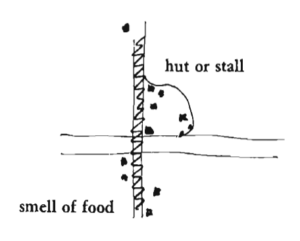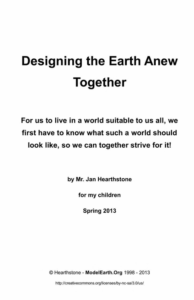Read free. Sustainable Communities: The Potential for Eco Neighbourhoods, edited by Hugh Barton, 2000.
Excerpt
The original impetus for this book came when I moved house in 1994. 1 found that I was living, for the first time in many years, in a local community – or rather a set of overlapping, interacting communities of varied character, some small and very local, others extending across the whole town and its hinterland. These cultural, social and economic communities all have a strong sense of locale, of connection to place and the people of the place. There are no fixed edges to this ‘neighbourhood’. It is part of an urban-rural continuum, offering both a full range of local facilities and open, biodiverse countryside within ten minutes walk. Children growing up in such a place find the opportunity for an integrated social/school life where they are not dependent on parental escort. Old people and others who are home-based can find opportunities for local activities and a rich network of mutual support. This place exhibits some of the characteristics of social sustainability, though it also shows certain signs of economic decline. It perhaps has the potential, with rail station accessible, safer streets and retrofit of energy and water conservation, to be more environmentally sustainable.
My hope is that this book encourages deeper understanding of the nature of local community, and helps to revitalize and legitimize the principles of neighbourhood planning as a means of achieving sustainable development.
Introductory Pages
Related Posts

Maker Projects for Kids Who Love…

A Pattern Language: Towns, Buildings, Construction

Environmental Design Science Primer







